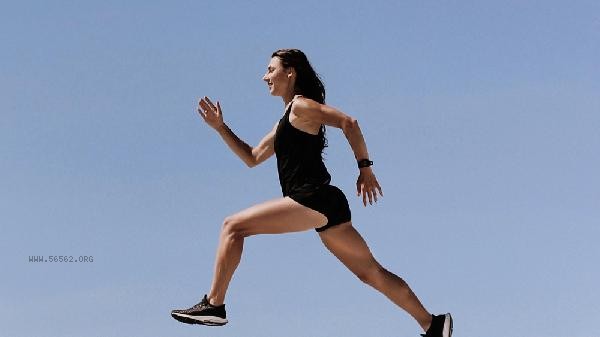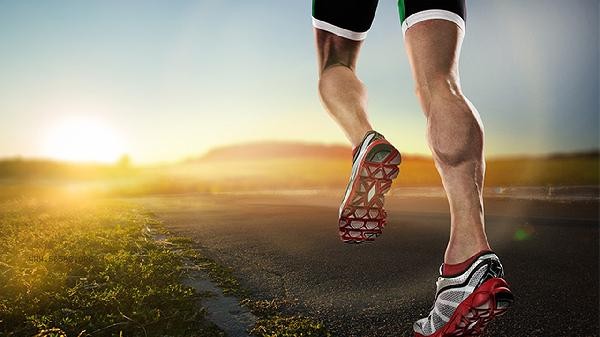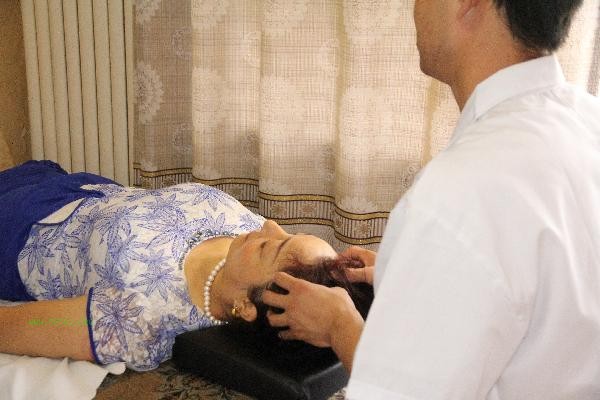The improvement of running effect can be achieved by adjusting running posture, controlling intensity, optimizing diet, scientific warm-up, and reasonable rest. There are mainly methods such as running posture correction, heart rate range control, nutritional supplementation, dynamic stretching, and recovery management.

1. Running posture correction
Keep your body slightly forward, avoid leaning back or hunchback, and reduce knee joint pressure. When landing, the forefoot or full foot should land on the ground, and the stride should not be too large. The recommended step frequency is 170-180 steps per minute. The arm naturally bends and swings 90 degrees, reducing the amplitude of up and down movements. Incorrect running posture may lead to plantar fasciitis or iliotibial tract syndrome.
2. Heart rate interval control
Using an aerobic interval with a maximum heart rate of 60% -70% for uniform running can effectively burn fat. Wear heart rate monitoring equipment to avoid muscle breakdown caused by entering above the anaerobic threshold. During high-intensity interval training, the heart rate can reach 85% -90%, but the duration of a single session should not exceed 2 minutes. Middle aged and elderly runners need to pay special attention to controlling their intensity.
3. Nutritional supplementation
Consume an appropriate amount of high-quality protein and compound carbohydrates 1-2 hours before running, such as eggs paired with oats. Supplement protein and fast carbon within 30 minutes after running to promote muscle repair. Increase the intake of vitamin B and magnesium elements in daily diet, and reduce the proportion of high-fat foods. Long term runners should pay attention to iron supplementation.

4. Dynamic Stretching
During warm-up, perform dynamic stretches such as high leg lifts and back kicks for 10-15 minutes to increase muscle temperature and joint mobility. Perform static stretching after running and maintain each movement for 20-30 seconds, with a focus on relaxing the quadriceps and hamstring muscles. Avoid direct explosive stretching movements to prevent muscle strains.
5. Recovery management
adopts a frequency of one run and one rest or two runs and one rest, and arranges a 48 hour recovery period after high-intensity training. Use foam shaft to relax deep muscles, and sleep for more than 7 hours. If persistent joint pain occurs, training should be stopped and ice packs should be applied if necessary. Regularly replace running shoes, usually requiring updates after 800 kilometers.

The improvement of running effect requires systematic adjustment. It is recommended to combine strength training to enhance core stability, and perform squats or plank support exercises twice a week. Choose plastic tracks or dirt roads to reduce ground recoil and avoid running on hard surfaces for multiple days in a row. Summer running requires attention to hydration, drinking 150ml of sports drink every 20 minutes. Adequate warm-up is necessary in winter to prevent muscle stiffness, and compression equipment can be worn to promote blood circulation. Record running data and regularly adjust the plan to gradually improve the goal, with a weekly increase of no more than 10%.






Comments (0)
Leave a Comment
No comments yet
Be the first to share your thoughts!